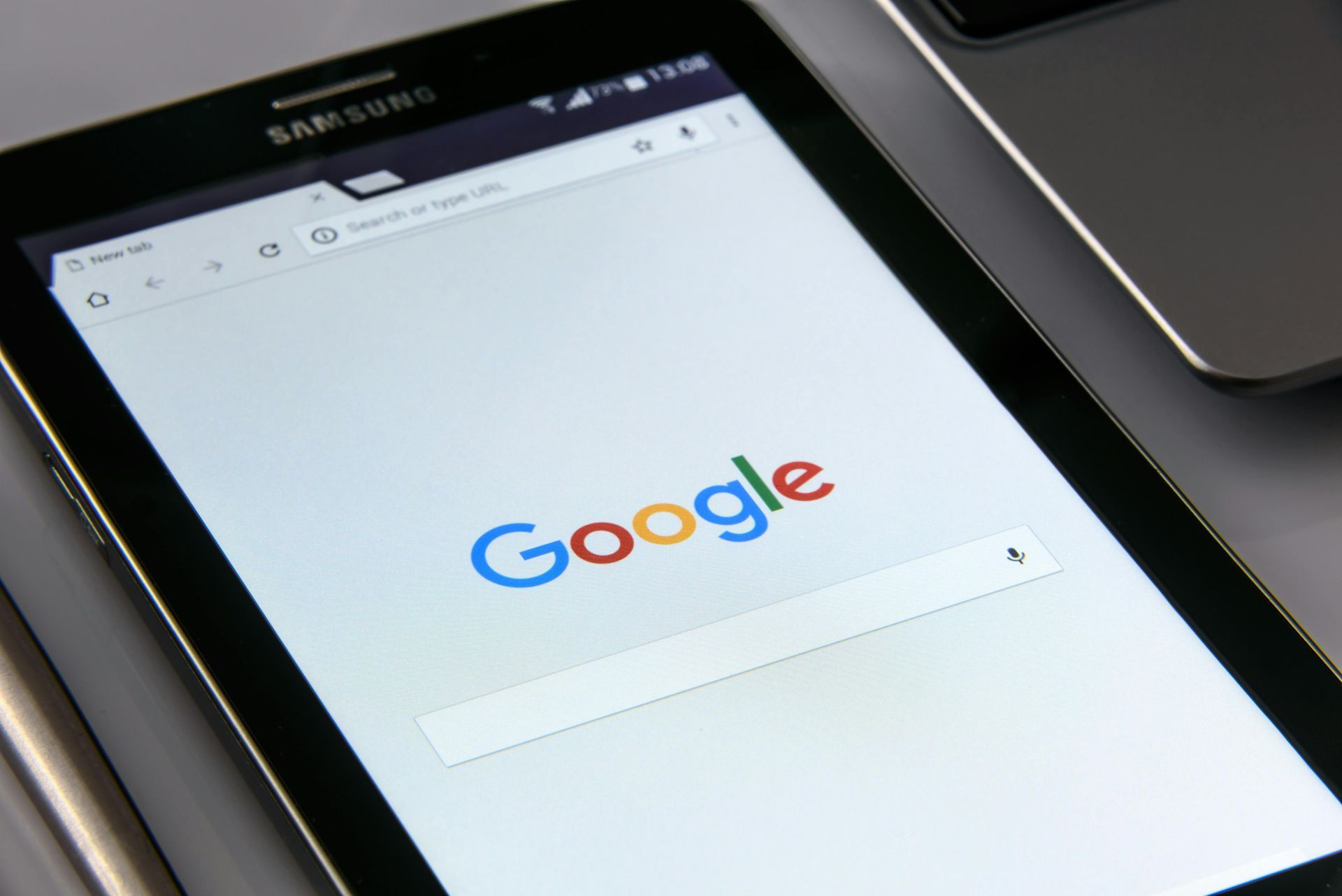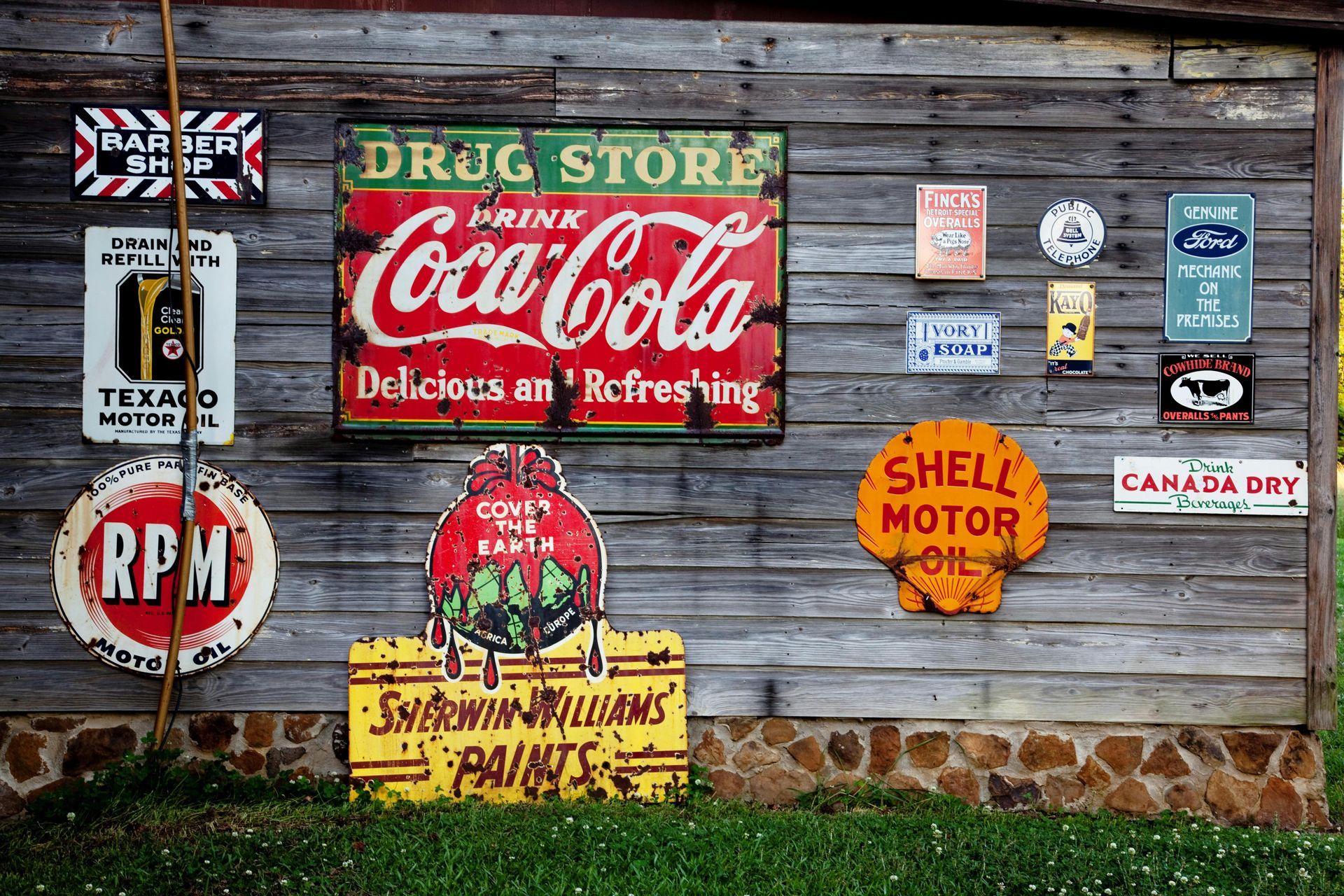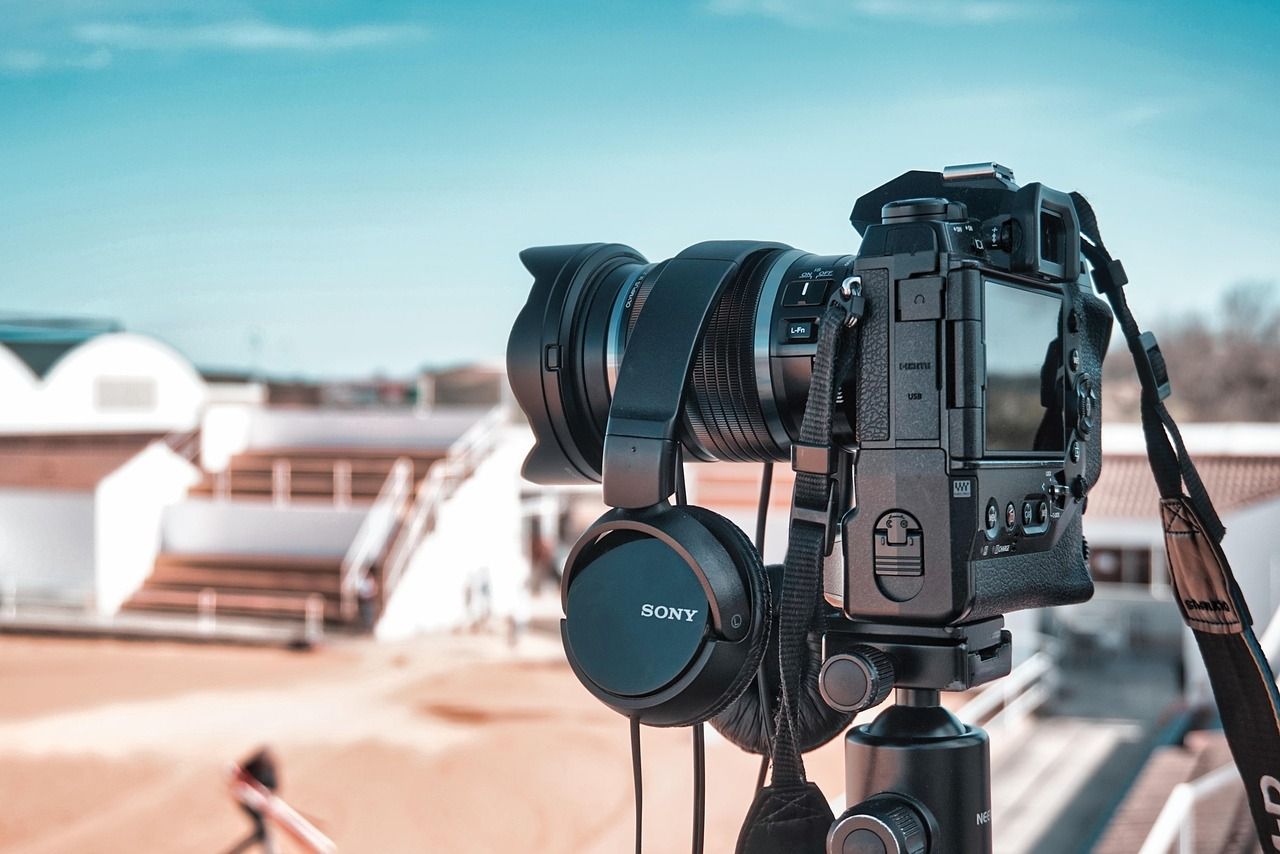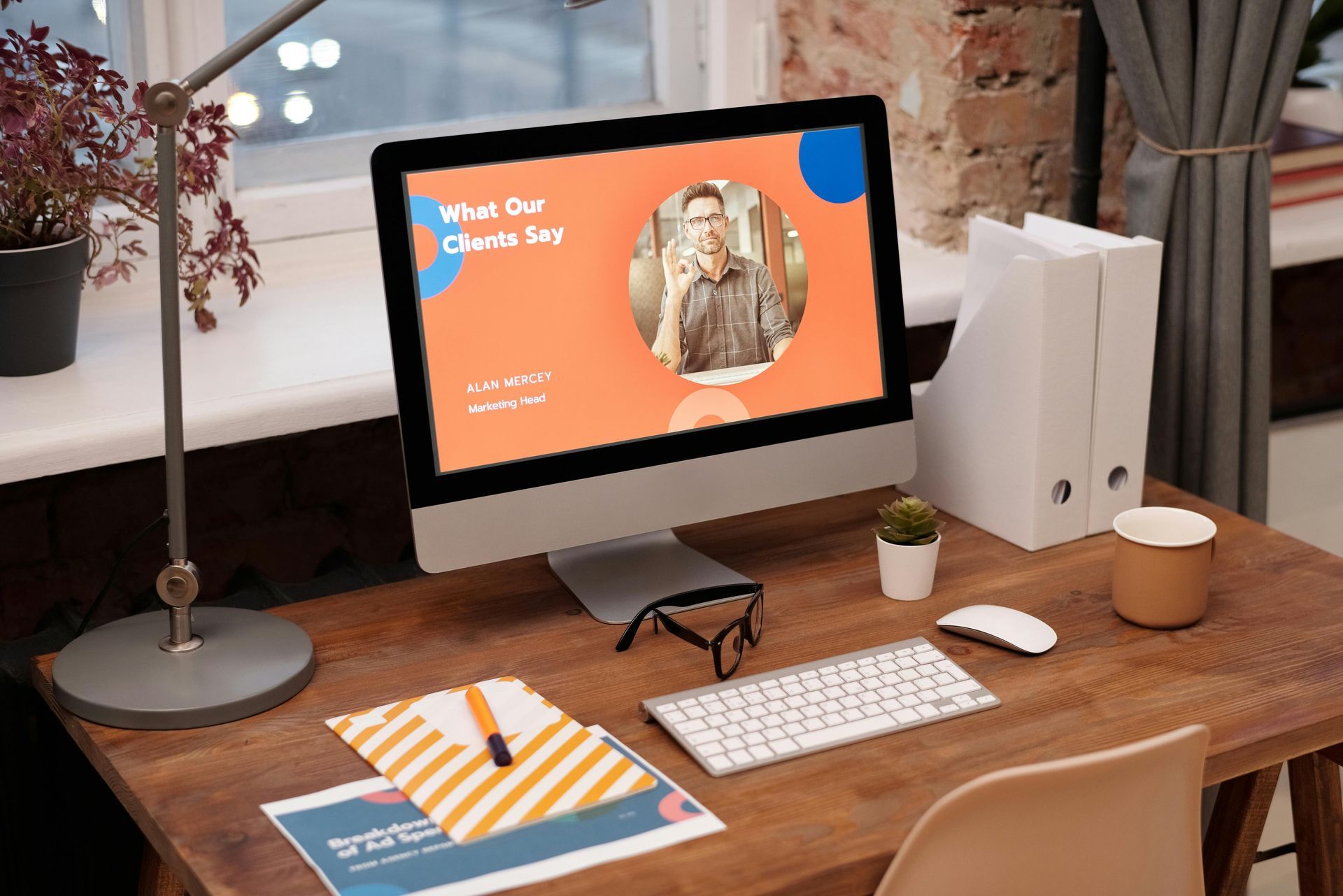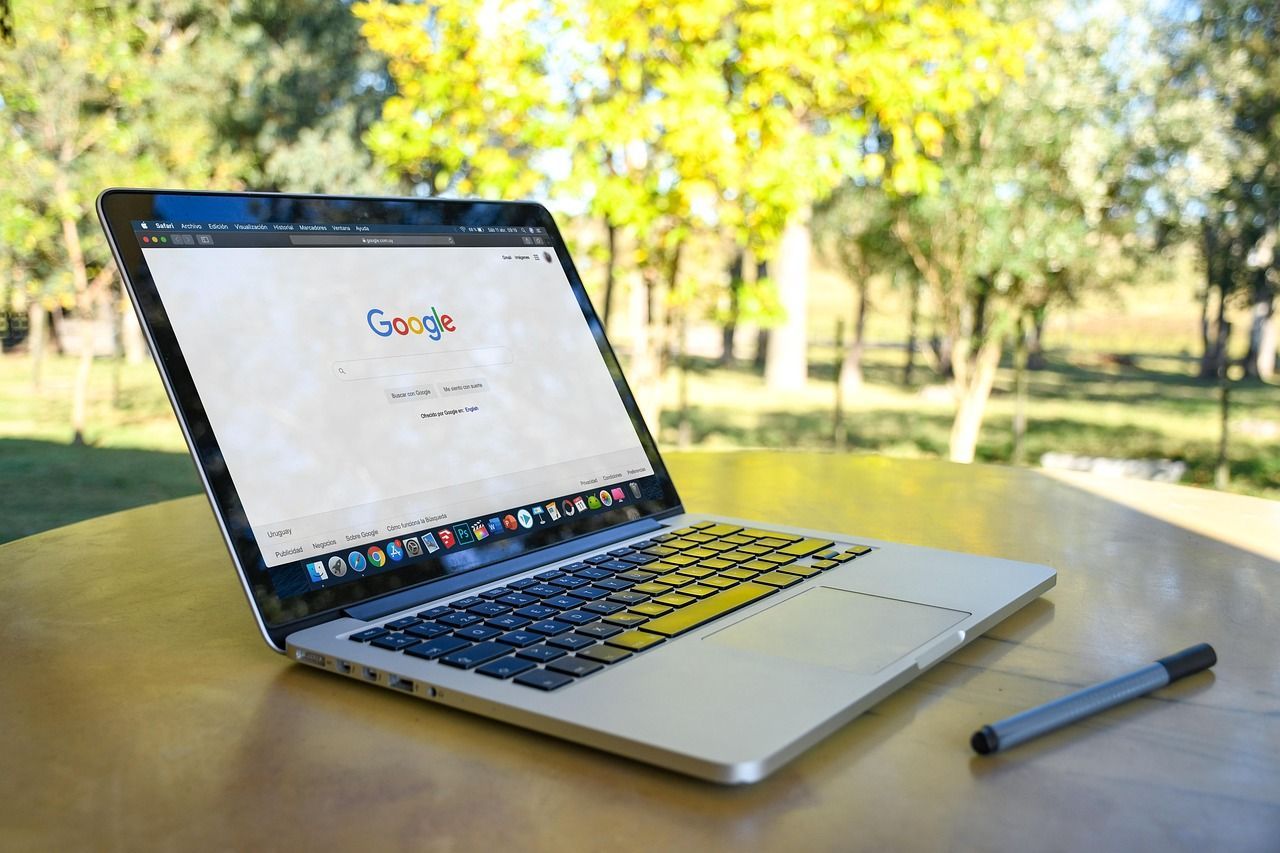How To Run A Marketing Audit That Actually Tells You Something Useful
Marketing audits have a reputation problem. To some businesses, they sound like corporate busywork, like something you do because someone said you should. But done right, a good audit can be a goldmine. It shows you what’s working, what’s wasting money, and what’s completely falling through the cracks.
We’ve seen firsthand how a well-run marketing audit can shift a company’s entire growth strategy. This isn’t about combing through spreadsheets until your eyes bleed, it’s about getting clarity.
So, what does a real marketing audit look like? One that actually moves the needle? Let’s break it down.
First: Take Inventory of Everything (Yes, Everything)
You can’t improve what you don’t know exists. A proper audit starts by mapping out the full scope of your marketing ecosystem. That includes:
- Your website and blog
- Social media channels
- Paid ads (Google, Meta, etc.)
- Email campaigns
- Video content
- Print collateral
- Google Business Profile
- SEO tools and analytics dashboards
List it all. It’s about current campaigns and assets. Old landing pages. Disconnected email flows. Forgotten ad sets still quietly draining your budget. Get it all on the table.
This alone can be eye-opening. We’ve had clients discover they were running outdated promotions on landing pages they hadn’t looked at in a year.
What’s the Message, and Is It Consistent?
Next, look at what you’re saying across these platforms. Are your tone, visuals, and value propositions aligned? Or is it a game of branding whack-a-mole?
One of the fastest ways to lose trust with your audience is by showing up differently in every space. A marketing audit should include a gut check on your brand voice, imagery, and messaging. If your social feed is casual and fun, but your email reads like a tax attorney wrote it, something’s off.
And yes, this includes your calls to action. Are you asking people to do the right thing at the right stage of the funnel, or are you sending cold leads straight to a hard sell?
Audit the Data, Not Just the Design
Pretty doesn’t always mean effective. One of the biggest mistakes businesses make is judging a campaign by how it looks instead of how it performs.
Go channel by channel and dig into the metrics. Website traffic is nice, but what about bounce rate, time on page, and conversions? Social likes are fine, but what about click-throughs or saves? Email open rates are only half the story. What are people doing after they open?
This is where the audit gets real. Patterns emerge. Maybe one blog post is quietly bringing in 80% of your organic traffic. Maybe your best-paid ad has a terrible landing page dragging it down. You don’t need to guess because your numbers will tell you what’s pulling weight and what needs a revamp.
Look at Your Funnel Like a Customer
You know your business inside out. But your audience doesn’t, and that’s a gap most audits overlook.
Try walking through your funnel like someone discovering you for the first time. Google your business. Visit your homepage. Sign up for the email list. Watch your own explainer video. What’s the experience like? Are you making it easy to say yes, or are you creating friction?
Even the best campaigns fall flat if your follow-through is clunky. Sometimes a simple website tweak or email adjustment can unlock huge improvements, but you won’t know unless you audit the experience, not just the assets.
Check for Missed Opportunities
This is the part where we ask: What aren’t you doing?
Is your SEO strategy stuck in 2019? Are you under-using video? Have you neglected your Google Business Profile or reviews? Are you collecting leads but never nurturing them?
A thorough marketing audit doesn’t just clean up what’s already running, it highlights what’s missing. And sometimes, the biggest growth opportunities are the things you haven’t built yet.
Create a Plan, Not a PowerPoint
The most valuable part of an audit is obviously not the audit itself, but what you do with it.
Once you’ve identified gaps, inconsistencies, and underperforming areas, prioritize what to fix first. Maybe that’s a website refresh, a social media cleanup, or simply killing a campaign that’s bleeding cash.
Don’t try to fix everything at once. Focus on the quick wins and the high-impact shifts. A few targeted improvements can do more for your bottom line than a massive, slow-moving overhaul.
Remember: Audits Aren’t a One-Time Thing
Markets change. Algorithms shift. Audiences evolve. That’s why the best companies don’t treat audits like a one-off and instead build them into their process.
At Right Tool Media, we guide businesses through practical, data-backed marketing audits that lead to actual action. No fluff, no 60-page slide decks, just clear insights and smart next steps.
If your marketing feels like a mystery—or worse, a money pit—an audit might be the clarity you’ve been missing.
Let’s find out what’s really going on behind the scenes.

